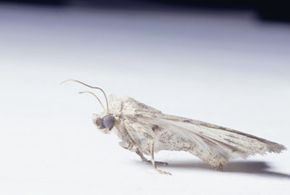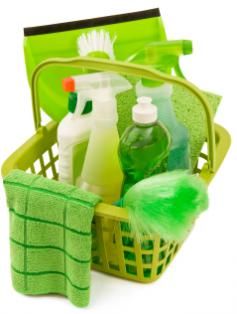Naphthalene mothballs pose several health risks, especially when used improperly or in poorly ventilated areas. Here are some of the key health concerns:
Toxicity: Both naphthalene and paradichlorobenzene can be toxic. Inhaling the fumes over a prolonged period can lead to health issues.
Respiratory problems: The strong toxic fumes from mothballs can irritate the respiratory tract, potentially causing difficulty breathing, coughing, or more serious respiratory issues, especially in individuals with pre-existing conditions like asthma.
Neurological effects: High concentrations of chemical exposure can lead to neurological symptoms such as headache, dizziness, or in severe cases, confusion and seizures.
Skin and eye irritation: Direct contact with mothballs can cause skin and eye irritation. The chemicals can be harsh and may lead to rashes or chemical burns on sensitive skin.
Carcinogenic risks: Naphthalene has been identified as a possible human carcinogen by some health agencies, indicating a potential risk of cancer from long-term exposure.
Hemolytic anemia risk: In some individuals, particularly infants and those with a genetic condition called G6PD deficiency, naphthalene can cause a type of anemia called acute hemolytic anemia, where red blood cells are destroyed faster than they can be made.
Environmental impact: Besides personal health risks, the chemicals in mothballs can also be harmful to the environment, contributing to air and soil pollution.

